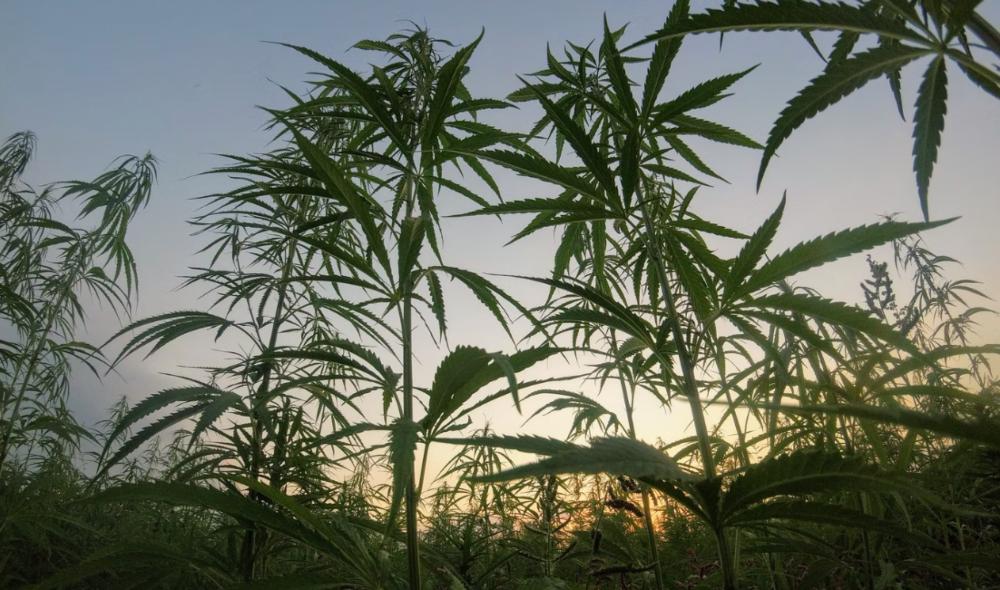

Freelance health journalist and former neuroscientist interested in a wide variety of life science topics. David also writes for The Guardian, BBC, National Geographic, NBC News, Wired, TIME and others.
Few medicinal products have received as much hype in recent years as medical cannabis. In the UK, it has been estimated that up to 1.4 million people are using various forms of cannabis for treating conditions ranging from insomnia to epilepsy, chronic pain, anxiety and PTSD.
Around the world, various national health institutes have been taking an increasing interest in the emerging data. Last month, the French government issued a decree authorising the cultivation of medical cannabis, while the Department of Health in Ireland is preparing a review of its current Medical Cannabis Access Programme. In New Zealand, pharmacies have been authorised to sell forms of cannabis to registered patients suffering from chronic pain.
However the landscape is complex, as medical cannabis is not just one drug. There are more than 400 different phytocannabinoids in the cannabis plant, the most widely used of which is CBD, because of its reported anti-seizure properties, and ability to desensitise pain neurons. But there are many different forms of medical cannabis, ranging from the whole plant extract, to CBD alone, to various blends of CBD and tetrahydrocannabinol (THC), the psychoactive element of cannabis.
The sheer variety of products being used by patients around the world has made it more challenging for scientists to accrue the substantial evidence required to persuade regulators of the benefits of medical cannabis for different conditions. However, many researchers are convinced that in the coming years it will be approved for an increasing number of ailments.
Kevin Boehnke, who researches the therapeutic applications of medical cannabis at the University of Michigan, and has 143 topic citations for medical cannabis on Insciter.com, predicts that chronic pain will be a growing application of these products.
A recent study in the Journal of the American Medical Association concluded that there is ‘moderate-quality’ evidence to support the use of cannabis for chronic pain, while the US National Academy of Sciences committee was even more optimistic, describing the evidence base as ‘substantial.’
However not all scientists are convinced. Last year, an international review which was published in journal Pain, decided that there is still a need for more rigorous and robust research to support the use of cannabis in pain management.
Ryan Vandrey, a professor of psychiatry at Johns Hopkins Medicine who has 161 topic citations for medical cannabis on Insciter.com, feels it is more likely that cannabis-based medications will be approved by regulators for anxiety, at least in the short or medium term.
“I actually don’t think it is likely that cannabis or any cannabinoid gets approved for pain or sleep,” says Vandrey. “There are too many effective alternatives for those health conditions and the clinical data I have seen just are not that compelling. Anxiety on the other hand is an excellent candidate. CBD has shown tremendous promise as an anxiolytic in controlled studies, and several observational studies of individuals using predominantly high CBD cannabis or hemp products have also shown robust effects on anxiety. What’s particularly impressive is that these effects tend to happen sooner or with fewer side effects compared with other medications typically used to treat anxiety. This is an area of great promise.”
As well as the need for sufficient data to provide efficacy, the main reason why some researchers are still hesitant about medical cannabis, is the ongoing concerns surrounding safety. While CBD is often perceived as being risk-free, because it does not contain any psychoactive elements, scientists say that there are still respiratory risks if smoked, along with cannabinoid hyperemesis syndrome (a cyclical vomiting condition associated with heavy cannabis use), cardiovascular risks in vulnerable individuals, and the potential impact of sustained use on cognitive function.
Boehnke says that safety concerns are particularly heightened for hemp products, those which contain more than 0.3% THC. “These tend to be very poorly regulated and may contain contaminants such as pesticides, heavy metals, or synthetic cannabinoids, the latter of which are far more dangerous than naturally occurring cannabinoids and can lead to serious medical symptoms and death,” he says.
One particular concern which arises repeatedly is the question of tolerance and the consequences of long-term daily use. Scientists also still know relatively little about the potential for interactions between cannabis and other medications, a major issue when it comes to treating chronic illnesses.
For Vandrey, one major step forward would be if manufacturers and regulators insisted on greater quality control for all medical cannabis products before they can be sold by private retailers.
“I have a lot of concern about safety,” he says. “Study after study has shown that dose-label accuracy is poor, that contaminants are often found, and that the lack of industry standards for quality assurance and testing methods is putting the consumer at undue risk. We are more than 25 years into legal access to cannabis for therapeutic purposes in the U.S. now and we are talking about a multi-billion dollar industry. It is time for businesses and regulators to demand a higher standard.”
To try to create a fuller picture of how different forms of cannabis may benefit patients, private clinics around the globe have begun creating various databases, monitoring the type of product used and patient outcomes. These range from the UK Medical Cannabis Registry to one created by Cannabis Care in New Zealand.
Boehnke says that there are a variety of ways in which cannabis companies and researchers are investigating efficacy.
“These include testing these compounds in various combinations in clinical trials to see which ones are most effective for different symptoms, investigating so-called minor cannabinoids such as CBG in preclinical studies with rodents, and observational research to understand trends in naturalistic medical cannabis use,” he says.
However for any medical cannabis product to make it through the full stages of clinical trials, it would require a pharmaceutical company to get onboard. One of the main hurdles surrounding this is one of intellectual property.
“This is a potential issue for classic pharmaceutical companies,” says Boehnke. “If they develop an effective product that goes through the FDA (the US Food and Drug Administration) approval pipeline, there’s nothing to stop a medical cannabis company from making a similar product – same ratio, generally same ingredients – and selling it in the existing cannabis marketplace.”
Vandrey feels that there needs to be a clearer distinction between medically approved cannabis products, and those which are only sold on the retail market, for which there has not been proven evidence of efficacy.
Instead he fears that if there are too many people purchasing unlicensed cannabis products from private sellers, there may be a repeat of the vaping use-associated lung injury crisis which struck the US in 2019.
“There are far too many retail products that currently fall under the cannabis umbrella,” he says. “We need a new nomenclature here, one that differentiates products based on the dominant cannabinoid present, the intended route of administration, and the dose to be used. My personal opinion is that the industry should do more due diligence with respect to demonstrating safety and characterizing the expected effects of products prior to retail sales and regulators should hold the industry accountable to these requirements. Some businesses are doing this, but most are not.”
© 2021 Insciter. All rights reserved. Insciter is a technology application which serves as a search engine and data provider
Trading name of Layer IV Limited. Registered in England and Wales No. 11737675